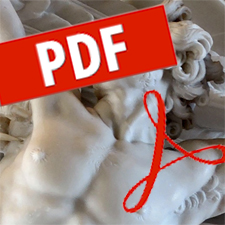Description
By Clem Tisdell
Considerable public funding is provided for research and development intended to improve the management and use of shared natural resources, such as water. In Australia, the Land and Water Research and Development Corporation (LWRRDC) and Environment Australia are significant providers of such funds. These providers tend to judge the value of R&D projects supported by them on the basis of whether or not significant technology transfer and adoption takes place. Researchers involved in these projects are expected to be the prime movers of such transfer. However, it seems that research funders have been guided by over-simplified models of processes of technology transfer and by false analogies with the transfer of industrial technology. There has been a failure to recognise that much of the new technology developed to improve the management of shared resources, such as water, affects the supply of social or collective commodities, a factor which materially alters the technology transfer process. Here, processes of transferring publicly funded intellectual knowledge are discussed and modelled, dynamic patterns of adoption of new technology are considered along with factors influencing adoption rates and barriers to adoption, particularly when the supply of social or collective commodities such as water, are involved. Some points from the analysis are illustrated by observations from a sample of LWRRDC-supported research projects.
page: 149 – 160
Prometheus: Critical Studies in Innovation
Volume 18, Issue 2
SKU: 0810-902810032380
